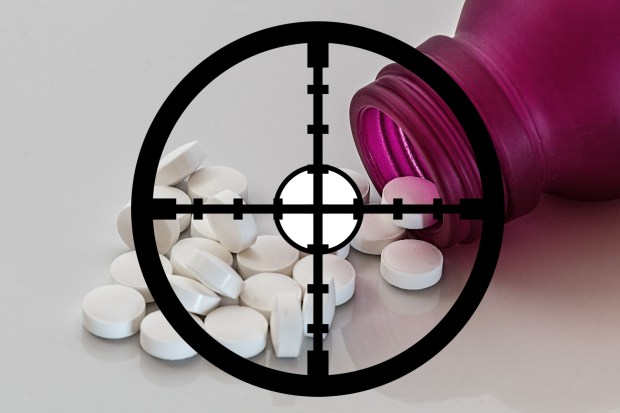
During my career, I have been on the both sides of the financial partnership table. I have led ‘due diligence’ process together with my drug & business development teams at pharma. Currently, I represent the third party capital providers assessing development risks for various pharmaceutical assets. Since this is an area of interest for many of my blog readers, this article will explain the basics of the investments and partnerships models for pharma and biotech companies. Considering that there are fundamental differences between the pharma and biotech organizations and how they manage their portfolio strategies, the article is split into two parts:
- Part 1 will cover the basics of the large pharma partnering models with third-party capital providers
- Part 2 will focus on partnering models for different types of biotech companies


 Inspection Readiness (IR) is a proactive process. It is a process of ‘getting ready’ for an inspection by a regulatory authority (such as FDA), which is conducting an official review of documents, facilities, records, and any other resources that are deemed by the authority to be related to the clinical trial.
Inspection Readiness (IR) is a proactive process. It is a process of ‘getting ready’ for an inspection by a regulatory authority (such as FDA), which is conducting an official review of documents, facilities, records, and any other resources that are deemed by the authority to be related to the clinical trial. 



 The Target Product Profile provides a structure for the scientific, technical, clinical, and market information, which is the basis for the product development strategy. The Target Product Profile (TPP) is the critical component of the Development Plan (DP), and its existence is necessary to achieve a
The Target Product Profile provides a structure for the scientific, technical, clinical, and market information, which is the basis for the product development strategy. The Target Product Profile (TPP) is the critical component of the Development Plan (DP), and its existence is necessary to achieve a  What is the meaning of the pharmaceutical market access? Market access is the process to ensure that all appropriate patients who would benefit, get rapid and maintained access to the brand, at the right price.
What is the meaning of the pharmaceutical market access? Market access is the process to ensure that all appropriate patients who would benefit, get rapid and maintained access to the brand, at the right price.  Effective communication builds trust, is critical to the success of any project and represents one of project management’s most important responsibilities. Excellent communication within the project team and between the project manager, team members, and all external stakeholders is essential and is correlated with a high team performance.
Effective communication builds trust, is critical to the success of any project and represents one of project management’s most important responsibilities. Excellent communication within the project team and between the project manager, team members, and all external stakeholders is essential and is correlated with a high team performance.